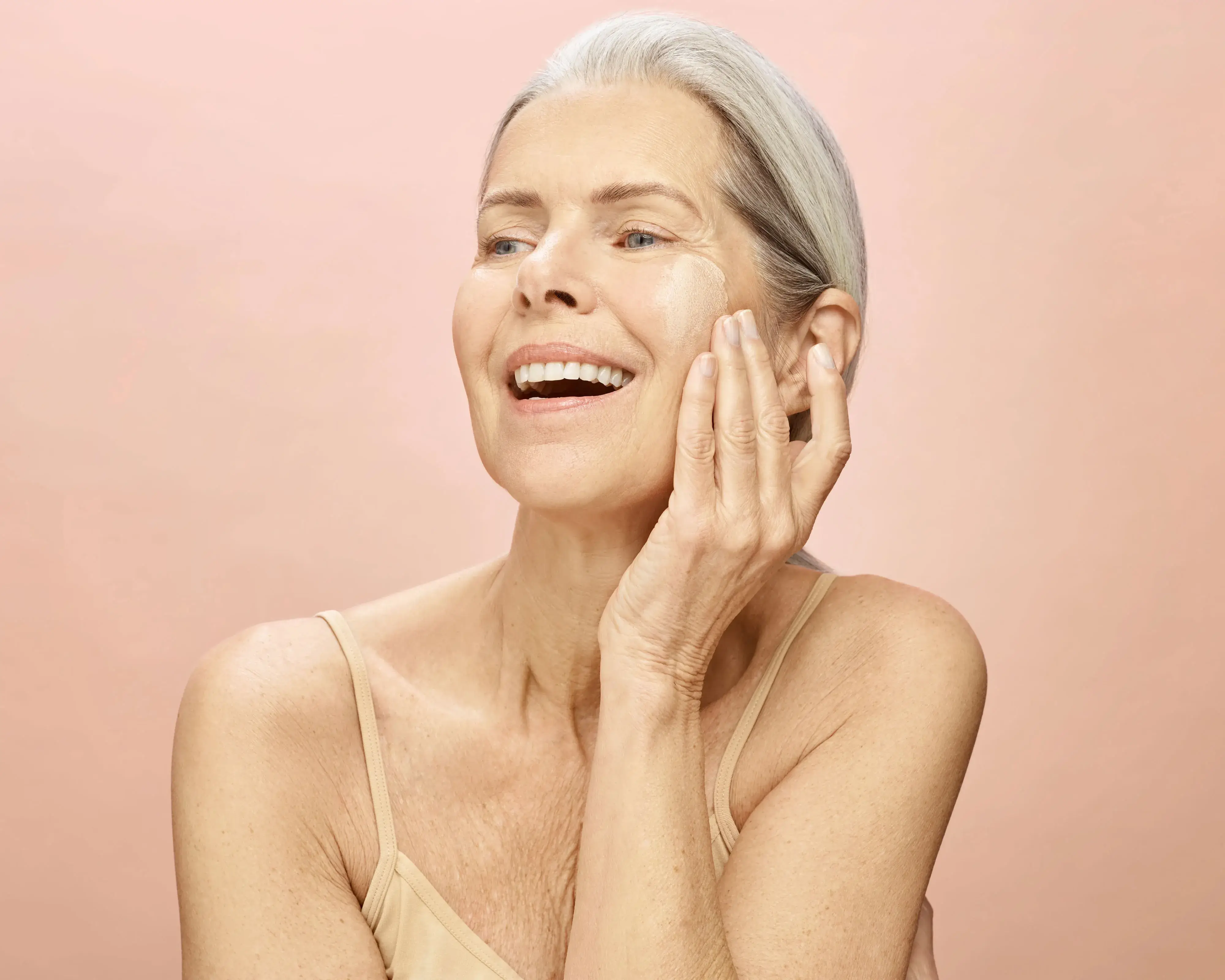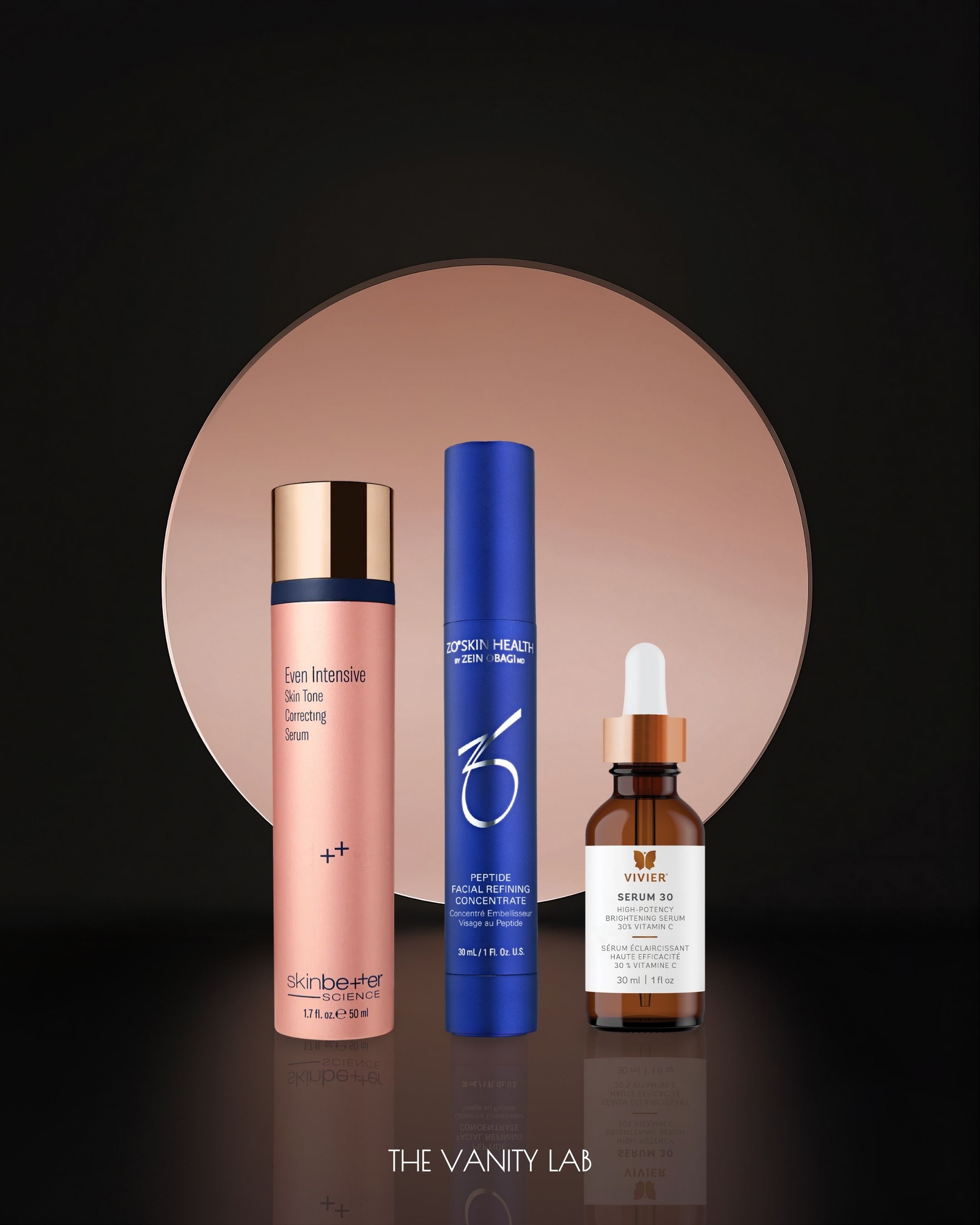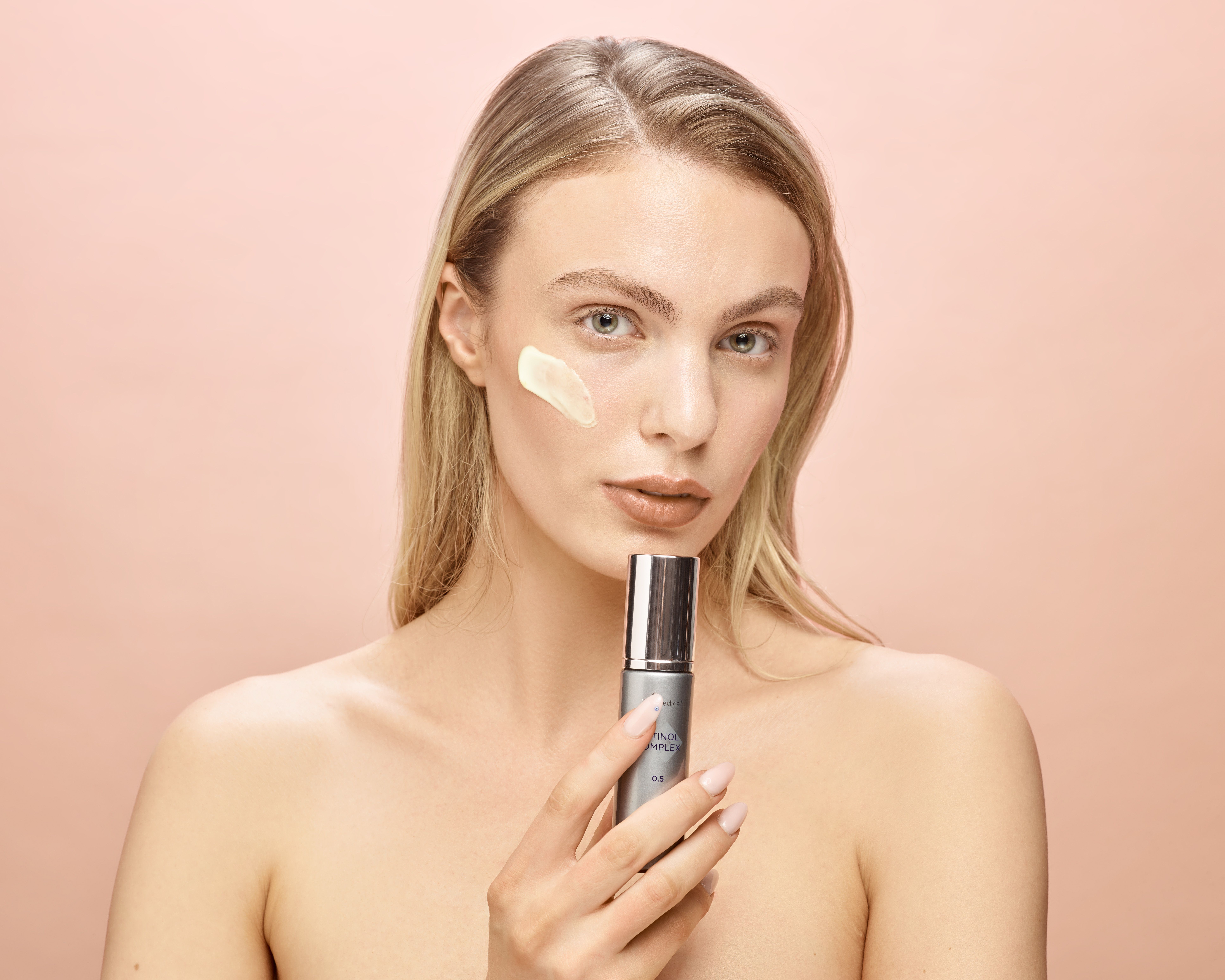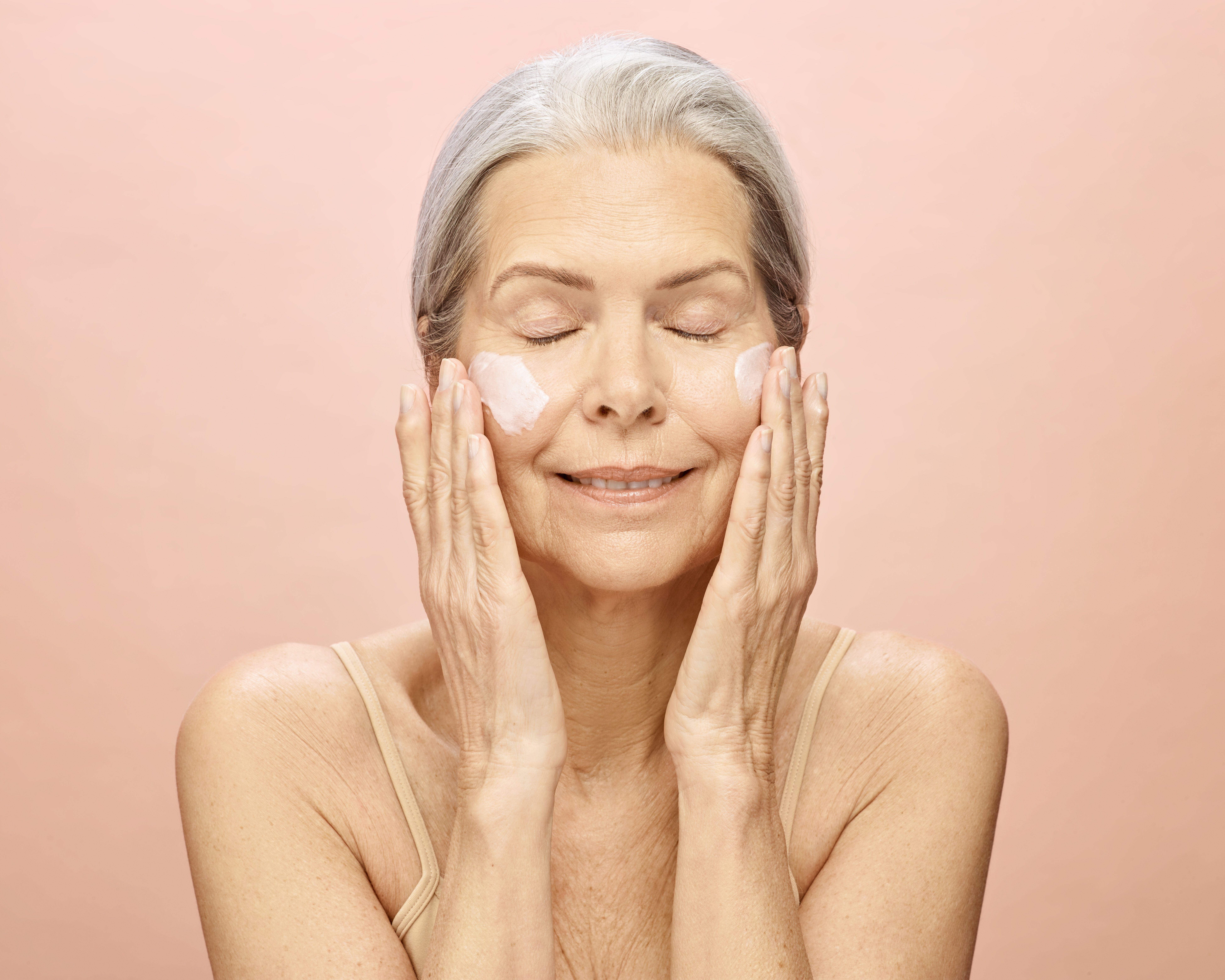Botox for Migraines & TMJ: A Solution for Pain Relief
Discover the therapeutic use of Botox for chronic migraines and TMJ disorder. Our medical experts detail the treatment for lasting pain and headache relief.
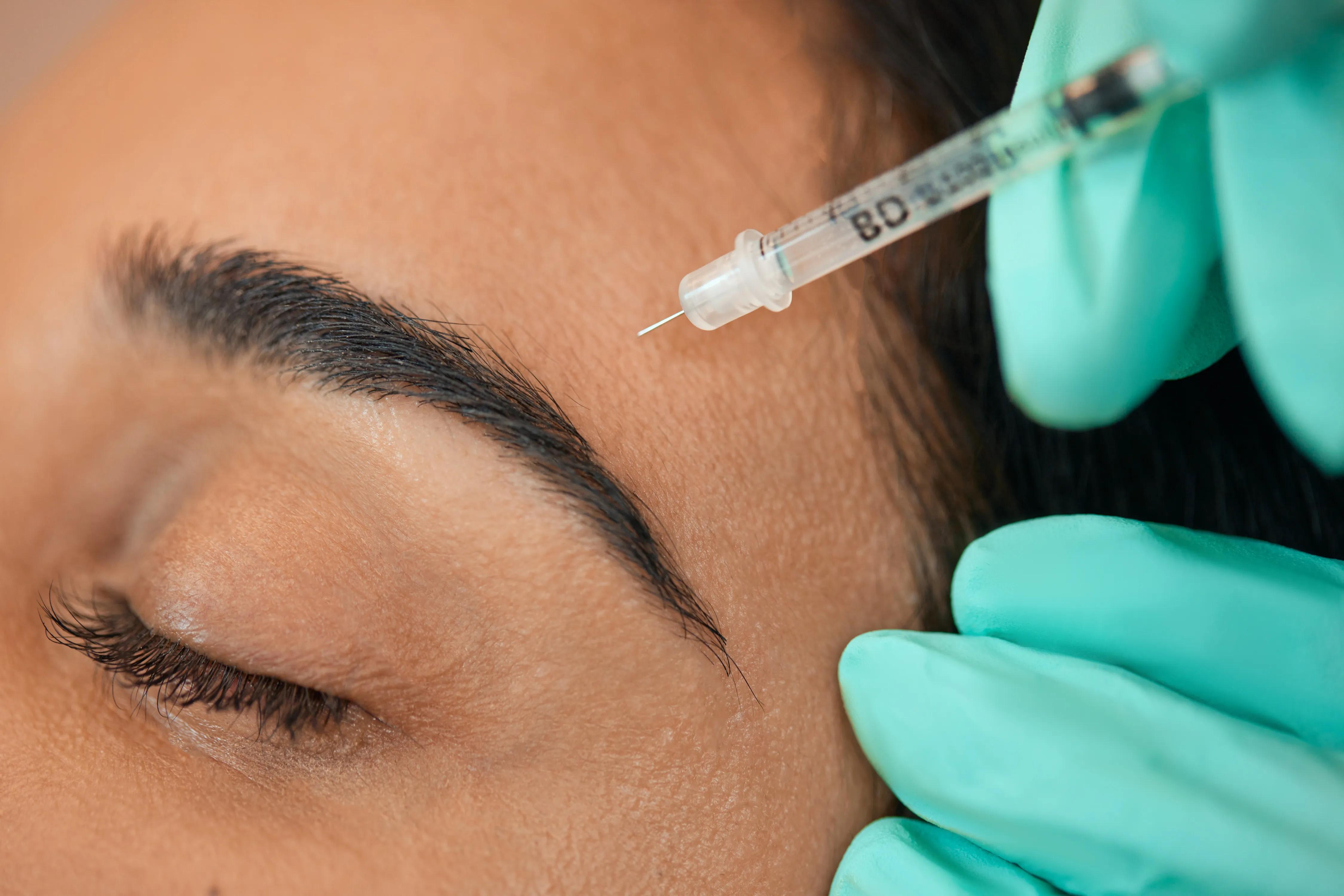
Team Vanity
Content Creator
9/4/2025 ·
While widely celebrated for its cosmetic ability to smooth fine lines, Botox's power extends far beyond aesthetics. At its core, Botox is a neuromodulator with significant therapeutic applications. For individuals in Vancouver and Edmonton suffering from the debilitating pain of chronic migraines or temporomandibular joint (TMJ) disorder, therapeutic Botox offers a clinically-proven, highly effective solution for lasting relief.
This post will explore the medical science behind using Botox for these conditions, what the treatment involves, and how it can significantly improve your quality of life.
Understanding Therapeutic Botox vs. Cosmetic Botox
The active ingredient in Botox is botulinum toxin type A, a purified protein that temporarily blocks nerve signals to targeted muscles, causing them to relax. Botox is typically categorized in two ways:
- Cosmetic Botox: In cosmetic applications, small amounts are injected into muscles of facial expression (like the forehead or around the eyes) to soften dynamic wrinkles.
- Therapeutic Botox: For medical conditions like migraines and TMJ, Botox relaxes overactive, spasming, or tense muscles that are the source of pain and dysfunction. The goal is not aesthetic, but rather to alleviate symptoms and restore comfort.
How Botox Provides Relief from Chronic Migraines
Chronic migraine is a severe neurological condition defined as having 15 or more headache days per month, with at least eight of those being migraines. For those who have not found relief with traditional medications, Botox is a breakthrough treatment approved by Health Canada.
How does Botox for migraines work? Botox treatment for migraines follows the PREEMPT protocol, a highly specific, well-researched injection pattern. During the procedure, your doctor injects Botox into 31 key sites across seven muscle areas in the head and neck, including:
- The forehead
- Temples
- Back of the head
- Upper neck
- Trapezius muscles (upper shoulders)
By relaxing these muscles, Botox helps to prevent migraines before they start. It works by blocking the release of pain-transmitting chemicals involved in the migraine cycle. Most patients require two treatment sessions to begin experiencing significant relief, with treatments typically scheduled every 12 weeks to maintain results.
Alleviating Jaw Pain and Tension with Botox for TMJ
TMJ disorder encompasses a range of issues related to the jaw joint and the surrounding muscles, leading to symptoms like jaw pain, clicking or popping, lockjaw, and tension headaches. Often, this is caused by overactivity in the masseter muscles, the large muscles responsible for chewing.
How does Botox for TMJ and bruxism work? Many people unknowingly suffer from bruxism (teeth grinding or jaw clenching), especially during sleep. This constant strain on the masseter muscles leads to hypertrophy (muscle enlargement), inflammation, and pain.
By injecting Botox directly into the masseter muscles, we can significantly reduce their contractile force. This process does not affect your ability to chew or speak, but it “turns down the volume” on the unconscious clenching and grinding. The benefits include:
- Significant reduction in jaw pain and tension.
- Alleviation of associated headaches.
- Protection for your teeth from the damage of grinding.
- A secondary aesthetic benefit of a slimmer, more refined jawline as the overworked muscle returns to its normal size.
Frequently Asked Questions (FAQ)
1. Is therapeutic Botox painful? The treatment involves a series of small injections with a very fine needle. Most patients tolerate the procedure extremely well, describing it as a series of quick, tiny pinches.
2. Are there any side effects? Side effects are rare and temporary. The most common are mild bruising or tenderness at the injection site. When treating migraines, some patients may experience temporary neck weakness, which resolves on its own. It is crucial to be treated by an experienced medical professional to ensure precise and safe injections.
3. How long does the treatment take to work, and how long does it last? For both migraines and TMJ, it can take up to two weeks to feel the full effects, with some patients requiring a second round of treatment to achieve optimal relief. The results typically last for 3 to 4 months.
4. Is Botox for migraines or TMJ covered by insurance? Many extended private health plans in Canada cover Botox for chronic migraines when prescribed by a physician. Coverage for TMJ treatment can vary. We provide the necessary medical documentation for submission to your insurance provider for reimbursement. We recommend checking with your specific plan to understand your coverage details.
Find Lasting Relief
Living with chronic pain from migraines or TMJ disorder can be exhausting. If you have tried other treatments without success, therapeutic Botox may be the solution you have been searching for.
Our clinic’s experienced medical doctors specialize in the precise administration of therapeutic Botox. We begin with a comprehensive medical consultation to properly diagnose your condition, discuss your symptoms, and determine if you are an ideal candidate.
Your comfort and well-being are our highest priorities. To take the first step toward a life with less pain, schedule your consultation with our expert team today.
